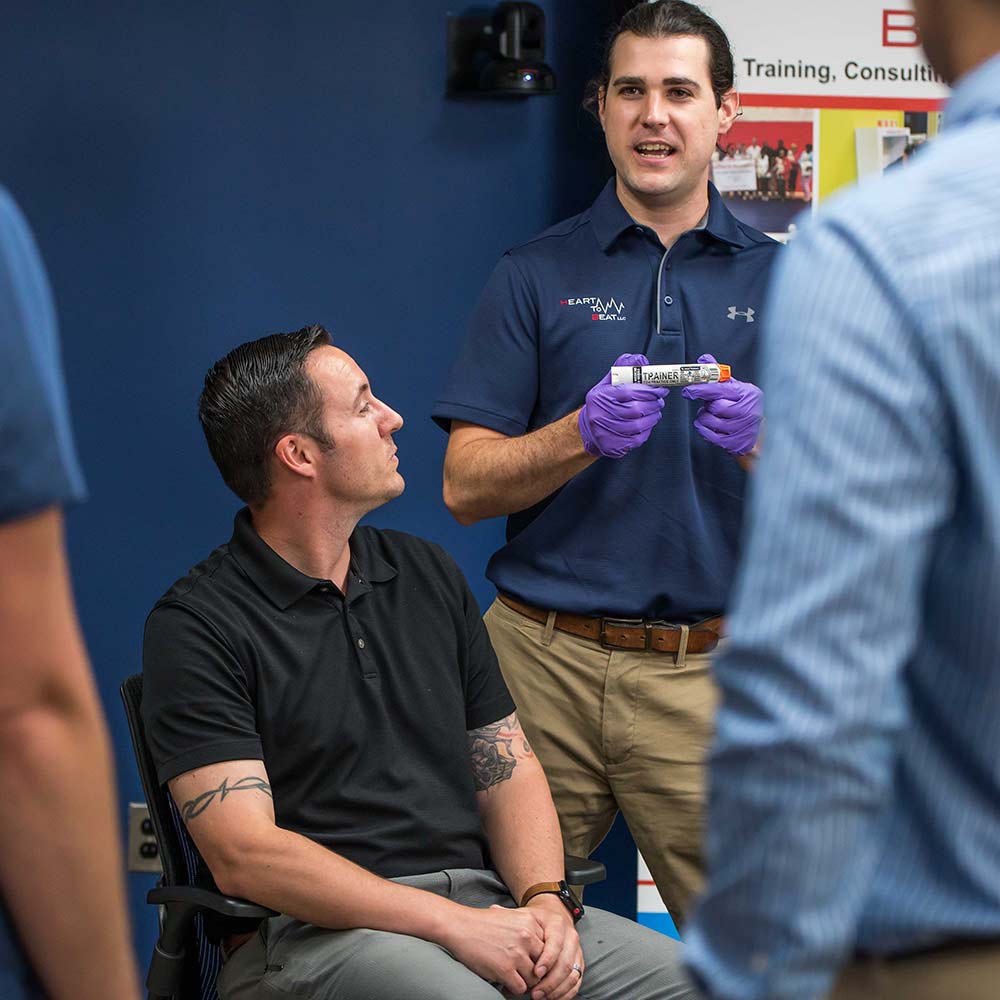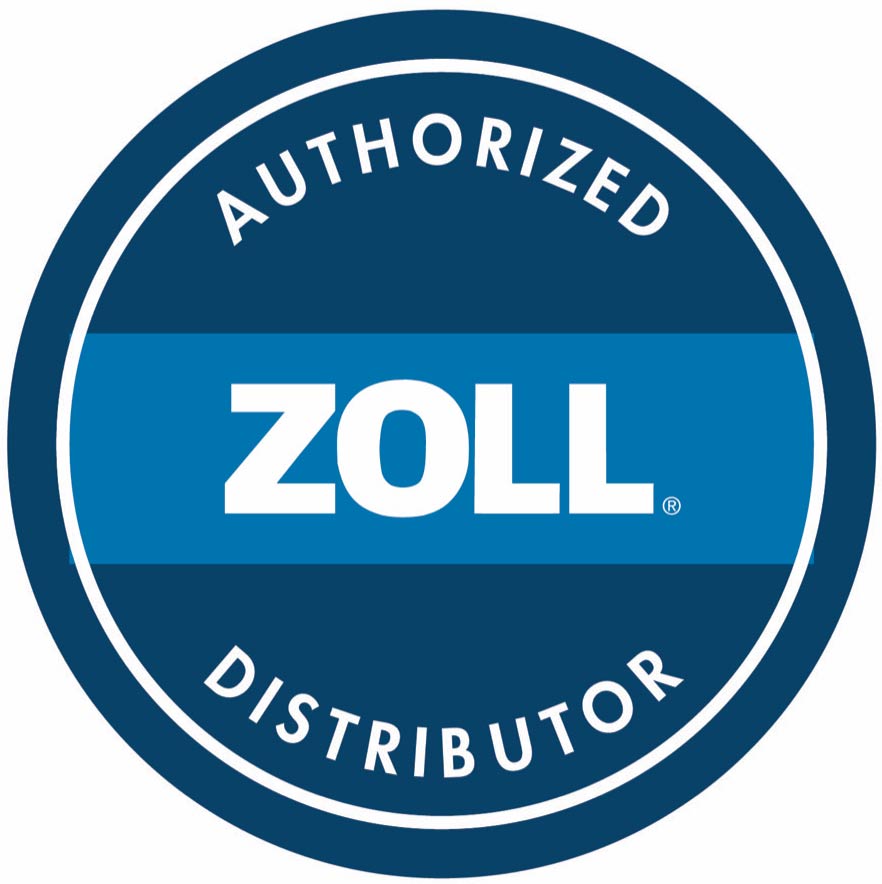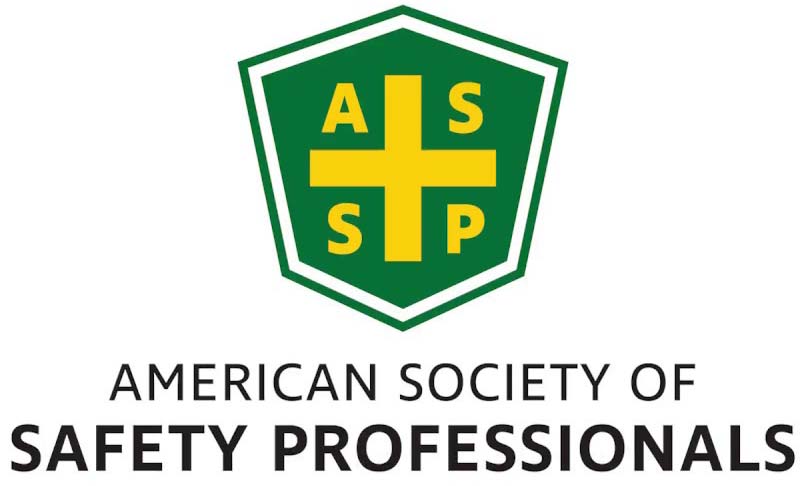There is no way to plan for an accident, but there are ways to prepare for them. Being an individual who is thoroughly trained in first aid, CPR, and AED usage is one of them. While safety training is important for everyone, there are some professions and groups of people where this training is imperative.
For those who interact with children, work in high-risk environments, or spend a majority of their time around other people, safety training can be a worthwhile investment. Although not exhaustive, this resource provides insight into who should take safety training classes, including:
- Parents
- Teachers
- Coaches
- Babysitters and Nannies
- Human Resources Professionals
- Individuals in the Construction Industry
Why Parents Should Take Safety Training Classes:
As most parents know, children can be very accident-prone at any age. Whether it’s skinning a knee on the playground or breaking a wrist rollerblading, most children will experience an injury of some sort. In fact, according to the CDC, every four seconds a child is treated for an injury in an emergency department in the United States.
Because of the commonality of childhood injuries, parents can greatly benefit from partaking in safety training classes. Comprehensive classes that teach CPR and first-aid training will allow parents to have a thorough exposure to all elements of potentially life-saving skills, including child CPR, infant CPR, and foreign body airway obstruction.
Why Teachers Should Take Safety Training Classes:
On average, students spend about 1,260 hours a year in school. That’s nearly 15% of the year! With the large amount of time students– and teachers– are spending within the walls of a school, ensuring that staff and faculty receive proper safety training can foster a safer environment for all.
Currently, there are no overarching federal regulations requiring teachers to obtain first-aid or CPR training– there are only 18 states which require CPR training. In the state of Maryland, CPR and first-aid training are only required for teachers in supervisory roles, leaving a potentially large gap in safety. Increasing the number of trained individuals on a school’s campus can create an environment with fewer accidents.
Why Coaches Should Take Safety Training Classes:
Although sports, especially youth sports, can be a fun and healthy pastime, they can be dangerous. Despite the risk, there is no mandated national coaching education program in the United States. Most volunteer positions have no basic requirements for first aid or CPR– some leagues or teams may fail to require even having a first-aid kit on hand for games or practices. At high school levels, requirements for coaches vary from state to state, with schools largely relying on an athletic trainer to fulfill any first-aid or CPR needs should they arise. For more relaxed environments, such as recreational or adult sporting leagues, there are virtually no safety education requirements.
No matter the level you are coaching, accidents can happen. Signing up for and completing proper first-aid training will allow you to better protect your team during the season.
Why Babysitters and Nannies Should Take Safety Training Courses:
Whether you’re a high schooler babysitting on the weekends or a full-time nanny, obtaining safety training can allow you to be a better caregiver and help set you apart from other caregivers. As we mentioned previously, children can be accident-prone, and it is imperative that you’re prepared to react in case of an emergency. In addition, having certifications can make you more appealing to potential clients, as everyone wants to ensure that they’re leaving their children in good hands.
Why Human Resources Professionals Should Take Safety Training Courses:
As most companies transition back into the office full-time, this is the perfect time to take inventory of what safety measures are in place at your place of work. For the safety of your team, there should be someone who is properly trained in first aid, CPR, and AED usage in the building at all times. Depending on the size of your company, this may just be one person or potentially an entire department.
Why Individuals in the Construction Industry Should Take Safety Training Courses:
Due to the amount of manual labor and the sophisticated machinery used, the construction industry can be one of the most dangerous places to work. As a result, obtaining proper safety training can allow you to create a safer work environment for you and your crews. While the Occupational Safety and Health Administration (OSHA) does require training to be provided to workers prior to engaging in potentially hazardous activities, this training is not all-encompassing safety training. Completing CPR/AED and first-aid training is imperative to creating a safer job site for all.
Take a Safety Training Course With Heart To Beat
Safety training and first-aid courses are great resources for everyone– from teachers to skilled laborers. If you’re looking to become certified in CPR, learn how to use an AED, or want to know life-saving first-aid skills, consider signing up for a course with Heart To Beat. All of our courses are taught by current or retired field practitioners, ensuring you’re learning from the best. To browse class openings or to sign up, visit our website.











